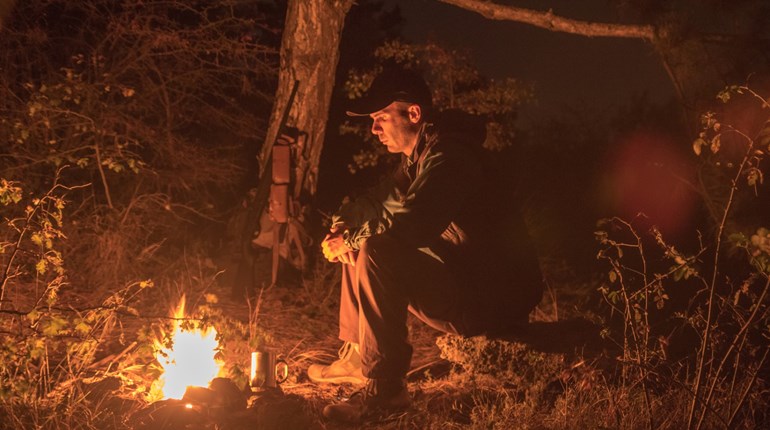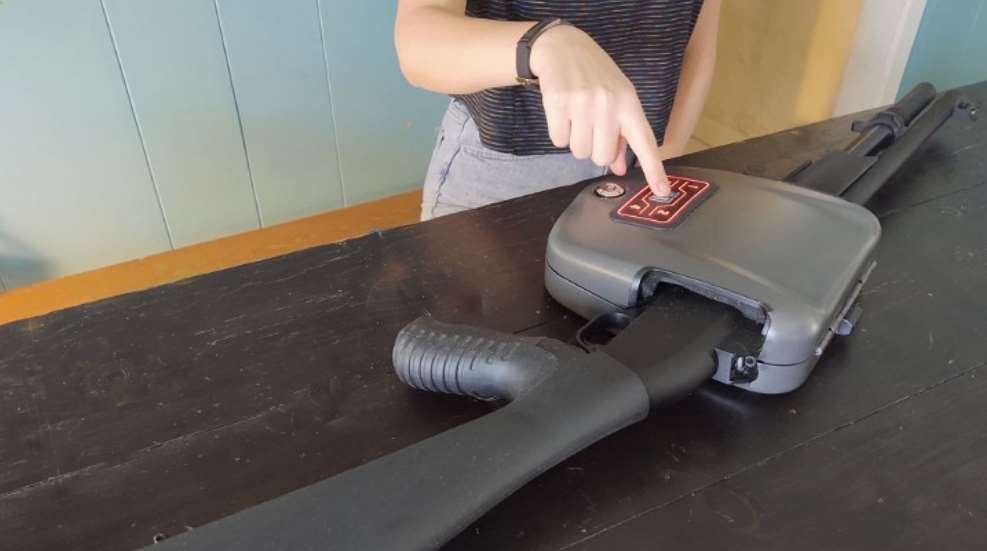
Responsible gun owners know how important it is to keep their firearms safe and secure in their home, but there are many ways to do that and many opinions on the subject. Let’s be clear: You are free to do whatever works for your particular situation, and we aren’t in favor of any legislation that tries to tell people what they have to do with their guns or forces a one-size-fits-all scenario on gun owners. That said, let’s explore some different methods of keeping your guns safe at home, understanding that your household situation might dictate which of these works best for you.
1. Plain Sight or Hidden Unsecured
Some gun owners prefer to leave their firearms propped in a corner, sitting on their nightstand, on a top shelf in the closet, or otherwise just stashed around the house, hidden or not. The main benefits to this method are cost (it’s free) and easy access—just grabbing a gun that’s sitting next to you when an emergency strikes is hands-down the fastest access method.
You’ll have to weigh that against the cons, which are legion. The unsecured method offers zero protection against fire or theft and zero protection against access by unauthorized persons, whether guests or members of your household. If you live alone or in a house with only capable, safety-conscious adults, the access thing is probably not a problem as long as you stow the guns securely when guests are over. If your household includes kids or, say, a grandparent with dementia, access is a big problem. And don't forget that laws on gun storage in the home vary by state, so be sure to check what is required where you live.
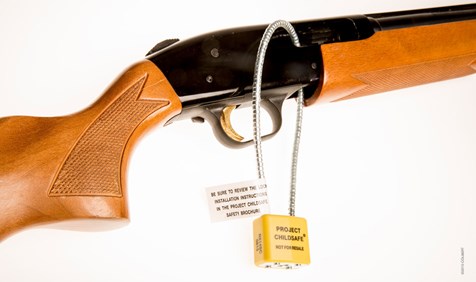
2. Plain Sight or Hidden With Trigger Locks
All new guns sold today are required to include a trigger lock, with the cable type being the most common. These locks render a firearm inoperable and provide a measure of safety. They typically open with a key. If you don’t have one, your local gun shop or law enforcement agency can probably provide you with one free of charge. (NSSF image)
The benefits of this method are cost (again, free) and the fact that locks should stop young children from being able to use the gun. Guns should be stored unloaded when a trigger guard is in use, which is both a pro and a con.
The big cons are slower access when needed—maybe really slow access depending on how long it takes you to get to the key, and then you have to load the gun—and mediocre security. These aren’t the strongest locks in the world and can be broken with a little time and effort. They also provide no protection from fire or theft—a burglar could just walk off with the gun and smash the lock later at their leisure.
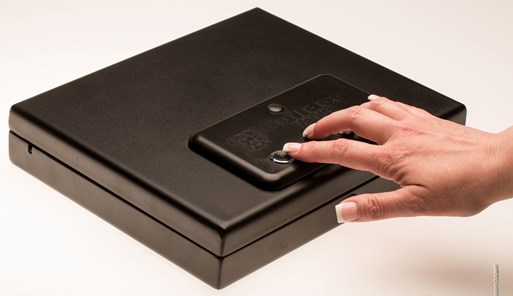
3. Secure Storage Box
Keeping your firearm in a locked, hard-sided gun case or box, whether it’s portable like the one you travel back and forth to the range with or a free-standing gun cabinet made of wood or metal, is a step up from keeping a gun in the open with a trigger lock. (NSSF image)
Pros? If the lock is a good one, this might be more secure than the trigger lock method, and the gun will be harder to access for anyone who does not have the key or combination—assuming the box or case is solid and can’t be easily smashed. The gun can be kept loaded inside the case, which makes access by the intended user (you) moderately fast if you keep the key handy or have the combination memorized. Depending on the box you chose, it can also provide some measure of disguise: While a thief might grab a handgun sitting out on the nightstand, they might not bother with a plain black box or big metal locker if it doesn’t scream “gun case.”
If you choose a portable box, that’s the extent of the theft protection. It’s simple for a thief to just carry the box out of the house and open it later, and most of the free-standing ones, like Grandpa’s old wood-and-glass gun display cabinet, are ripe for a smash-and-grab. These boxes also provide no protection in a house fire.
4. Big Standing Gun Safe 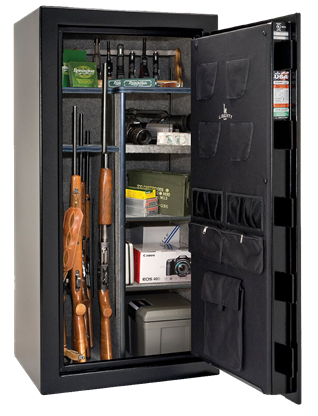
Now we’re getting to the good stuff. A large, heavy, free-standing gun safe will keep your firearms out of the hands of unauthorized users and all but the most experienced and determined thieves. These come in various sizes (when buying, be aware that a “10-gun safe” will probably only hold five long guns with optics) and types of steel, and most have some measure of fire and heat resistance. You should choose the strongest model with the best fire protection you can afford.
The smaller the model you select, the easier it will be to move—which is good for you when you’re moving it in, but it could make it simpler for burglars to load it on a hand truck and roll the whole thing out of your house. Consider having the safe, especially if it’s a smaller one, bolted or otherwise attached to your house to prevent this.
This method is almost entirely pros—the only reals cons are cost and access. Expect to pay hundreds of dollars or more for quality. And it’s going to take you a minute or more to get to the safe, open it and grab the gun you need in an emergency.
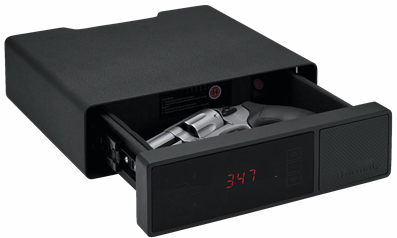
5. Biometric Gun Safe
For quick access to a gun in a home-defense situation, it’s hard to beat a biometric safe. The most popular type is large enough to hold a couple of guns (handgun and long gun sizes are available) but not so large that it takes up a chunk of your bedroom. You store your gun inside and open the lock with your fingerprints or the fingerprints of other authorized users. Because these safes are not too large or heavy, you should mount one securely to your wall, floor or sturdy piece of furniture to prevent it from being carried off by a burglar.
As for pros, these offer an unbeatable combination of convenient access and security. With fingerprint models, you won’t have to memorize a code or combination or fumble with a key, so a properly mounted biometric safe keeps a gun safe from unauthorized persons while also providing you fast access.
The cons of biometric safes are moderate cost (expect to spend between $100 and $400 or more) and reliance on a battery. You’ll want to keep the battery fresh, because if it dies, your fingerprints will not open the safe and you’ll have to use the backup key. Less expensive models might be little more than simple steel lockboxes, and many models do not have fire protection, so choose wisely based on your needs.













